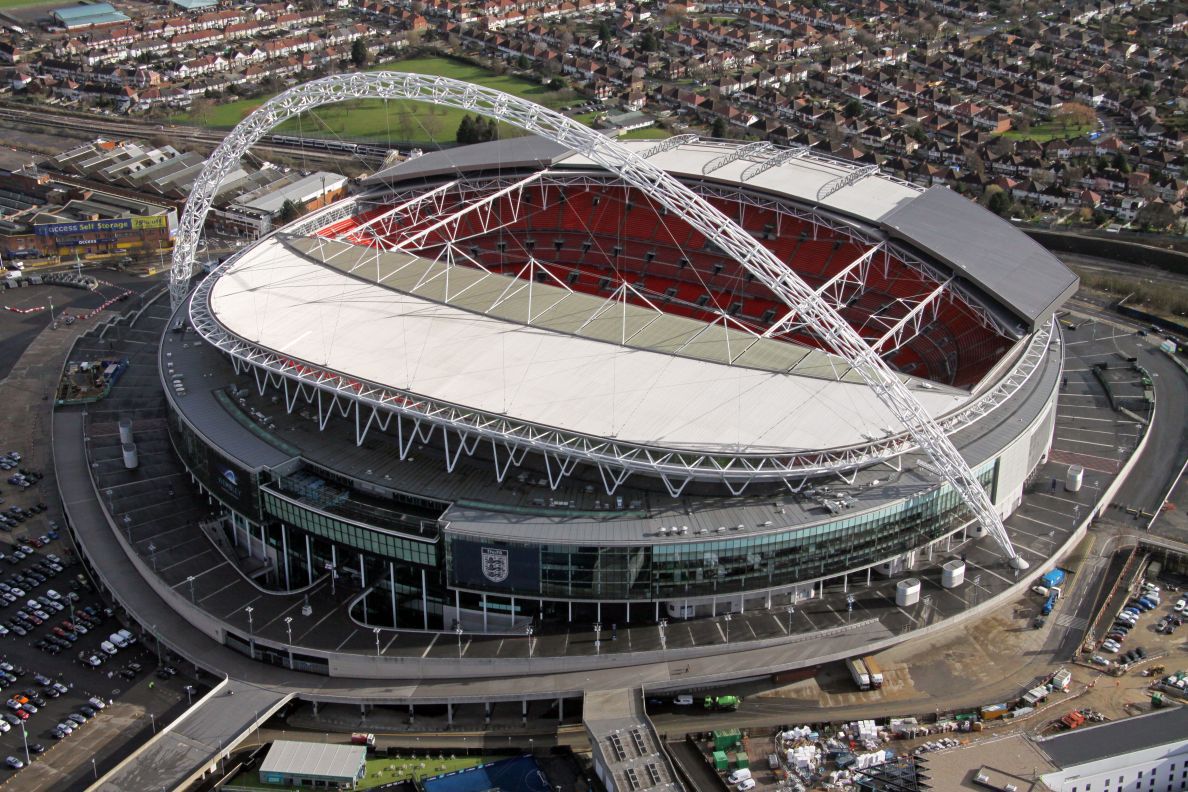The history of Wembley stadium is one that will remain close to the heart of proud English men and women for thousands of years. Wembley has played host to hundreds of legendary sporting events over the years, and the new Wembley will do so for years to come. In this guide, we will explore just a small section of the history of one of the most historic monuments in the world.
As many of you will be aware, Wembley is the home of English football and all major domestic football and Rugby finals. Aside from football, Wembley plays host to other entertainment events on various days throughout the year, over the past couple of years some of the world’s finest bands and solo artists have played at Wembley Stadium. Currently there is a stadium tour in operation twice a day. This tour features all the new features of Wembley, and also details a lot of the history of the previous stadium.
History
The Wembley grounds are in Brent, London. Since 1880 there have been various sporting events held on the grounds, even though the first recognised stadium was not built until 1923. In 1880, Wembley had a mixture of both football and cricket pitches. In 1889 the chairman of the Metropolitan Railway decided to build a four legged tower at 350 metres high to generate revenue to the area. However, after a while, the project ran out of money, and at just 61 metres the building had to be deemed complete. This building was named the Watkins Folly (after the chairman of the metropolitan railway). This structure was destroyed in 1907, due to new plans to build a larger stadium.
After the end of the First World War, the government put a plan in place to build an exhibition that contained a sports centre as part of the area. At the time, the area was used as an 18 hole golf course.
The new stadium, (finished in 1923) was designed and completed for just £750,000, and was completed in a total of 300 days. Since 1923 until the stadium was pulled down in 2003, the stadium only went through minor developments, including instillation of floodlights in 1955, an electronic scoreboard and roof in 1963.
The old Wembley stadium was deemed too old fashioned by the FA after various meetings, and in the year 2000 the final decision was made to develop ‘new Wembley’.
The new Wembley was originally scheduled to be completed by 2003. However, due to delays; the stadium was not officially handed over until mid 2007. New Wembley boasts a large retractable roof, and the largest single arch in the world. Upon completion, the project cost just over £900 million, (double the original budget). The new stadium has areas dedicated to showing off the history of the Wembley site. The capacity of the new stadium is 90,000 (just 11,000 more than old Wembley), however, this does make it the second largest stadium in Europe.
By Chirstopher Holland – Wembley Stadium Tours [http://www.wembleystadiumtours.net]
Article Source: https://EzineArticles.com/expert/Chris_T_Holland/894152



